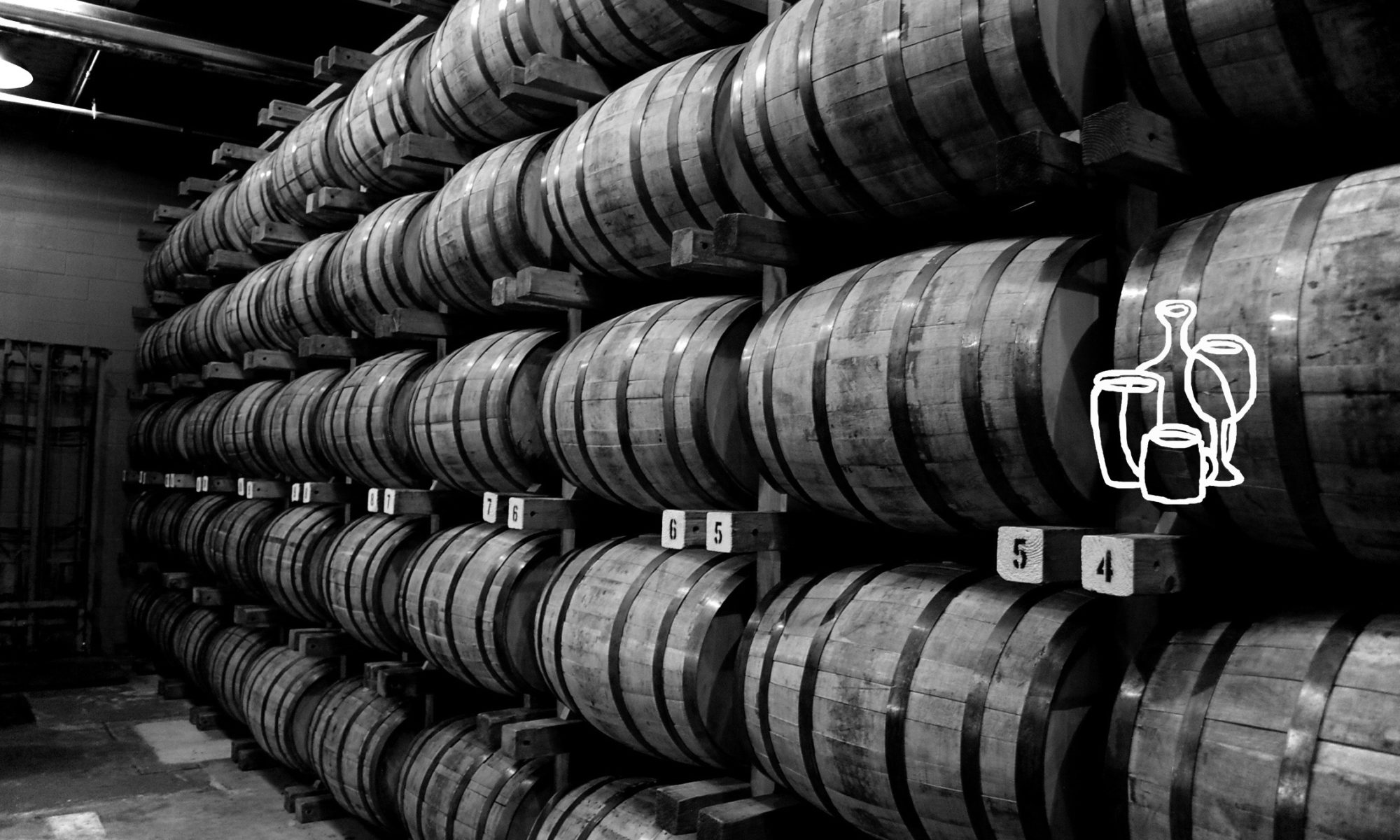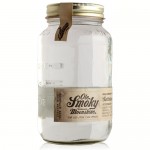
In the hills and hollows around Lynchburg and Lincoln County, Tennessee, clear spring water and corn come together with sugar maple charcoal and charred white oak barrels to make some of the world’s most famous whiskies. Tennessee is a state rich in whiskey history, a pioneering state, a moonshining state, and, until a few years ago, a state with some of the most absurd laws possible regulating the opening and operation of distilleries.
The big boys – Jack Daniel’s and George Dickel – have been around since 1866 and 1870, respectively, though have both been through some twists and turns along the way, most prominently Prohibition (which started ten years early in Tennessee, in 1910) and mandatory shutdowns during World War II. Jack and Dickel are about 15 miles away from each other as the crow flies, one in Lynchburg and the other in Cascade Hollow  outside Tullahoma. They share rich histories, locations based on access to good water and corn, and similar charcoal mellowing techniques – “the Lincoln County process.” They also managed to get in early enough to have favorable consideration in Tennessee’s distillery laws, which made it near impossible for any new distilleries to open in the state in the twentieth century. Prichard’s, who opened up about 20 miles down the road from Lynchburg in Lincoln County about a decade ago, was the lone exception. Those laws were finally changed about two years ago, and we’re now seeing the results of that change – with Corsair Artisan jumping to a quick start in Nashville after being founded in Kentucky, Ole Smoky setting up in Gatlinburg, Collier & McKeel joining the Nashville scene, and more distilleries in the ramping up phase across the state.
outside Tullahoma. They share rich histories, locations based on access to good water and corn, and similar charcoal mellowing techniques – “the Lincoln County process.” They also managed to get in early enough to have favorable consideration in Tennessee’s distillery laws, which made it near impossible for any new distilleries to open in the state in the twentieth century. Prichard’s, who opened up about 20 miles down the road from Lynchburg in Lincoln County about a decade ago, was the lone exception. Those laws were finally changed about two years ago, and we’re now seeing the results of that change – with Corsair Artisan jumping to a quick start in Nashville after being founded in Kentucky, Ole Smoky setting up in Gatlinburg, Collier & McKeel joining the Nashville scene, and more distilleries in the ramping up phase across the state.
We recently visited the distilleries that make their home in the state’s capital or in the nearby green rolling hills of central Tennessee. The differences among these are dramatic, from the nonstop small-batch experimentation in a converted old auto factory at Corsair Artisan, to the steady voluminous flow of whiskey over charcoal at Jack Daniel’s and their touring hordes of visitors from around the world. What all these distilleries share is a passion for making something great in the state of Tennessee. Today, we’ll give you the (very) short version on visiting them; and, in the next two weeks, we’ll follow up with individual features on each distillery. Enjoy the trip:
 If you like the idea of a Whiskey Disney, with guides who are straight out of central casting delivering polished storytelling and a cute little town that was literally built on whiskey, go to Jack Daniel’s in Lynchburg. No tasting allowed in this dry county, unless you’re buying a full single barrel, which runs about $10,000.
If you like the idea of a Whiskey Disney, with guides who are straight out of central casting delivering polished storytelling and a cute little town that was literally built on whiskey, go to Jack Daniel’s in Lynchburg. No tasting allowed in this dry county, unless you’re buying a full single barrel, which runs about $10,000.
 If you like a humble sense of history, tranquil beauty, and a refreshing dose of honesty served up in an out-of-the-way honest-to-goodness Tennessee country hollow, go spend some time at George Dickel & Co. in Cascade Hollow outside Tullahoma. No tasting available with the tour or at the distillery, either.
If you like a humble sense of history, tranquil beauty, and a refreshing dose of honesty served up in an out-of-the-way honest-to-goodness Tennessee country hollow, go spend some time at George Dickel & Co. in Cascade Hollow outside Tullahoma. No tasting available with the tour or at the distillery, either.
 If you want to visit a small family of dedicated distillers making the most of a country garage (actually school and community center) turned small batch distillery, and to taste a range of fine rums and whiskies that will expand your appreciation for Tennessee spirits, go to Prichard’s Distillery in Kelso. Call ahead.
If you want to visit a small family of dedicated distillers making the most of a country garage (actually school and community center) turned small batch distillery, and to taste a range of fine rums and whiskies that will expand your appreciation for Tennessee spirits, go to Prichard’s Distillery in Kelso. Call ahead.
 If you favor madcap experimentation and geeky enthusiasm in a beautifully restored and converted old auto factory turned “creative community” on the fringe of downtown Nashville, stop by Corsair Artisan’s taproom and distillery. Please call ahead, distillery visits by appointment only.
If you favor madcap experimentation and geeky enthusiasm in a beautifully restored and converted old auto factory turned “creative community” on the fringe of downtown Nashville, stop by Corsair Artisan’s taproom and distillery. Please call ahead, distillery visits by appointment only.
 Finally, if you want to see firsthand a brand new take on traditional small batch Tennessee whiskey, which happens to be right next door to Corsair Artisan in that wonderful old building in Nashville, check out Collier & McKeel. Also by appointment only.
Finally, if you want to see firsthand a brand new take on traditional small batch Tennessee whiskey, which happens to be right next door to Corsair Artisan in that wonderful old building in Nashville, check out Collier & McKeel. Also by appointment only.
Check out our Tennessee Whiskey Tour for more on each of these fine Tennessee distilleries. Click here to see a map showing the location of the distilleries, as close as three and a half hours from Atlanta.



 Alas, the love of Jack Daniels was not passed down from generation to generation. My father fell for wine and hardly ever even touched whiskey, though I’ve recently introduced him to
Alas, the love of Jack Daniels was not passed down from generation to generation. My father fell for wine and hardly ever even touched whiskey, though I’ve recently introduced him to 












